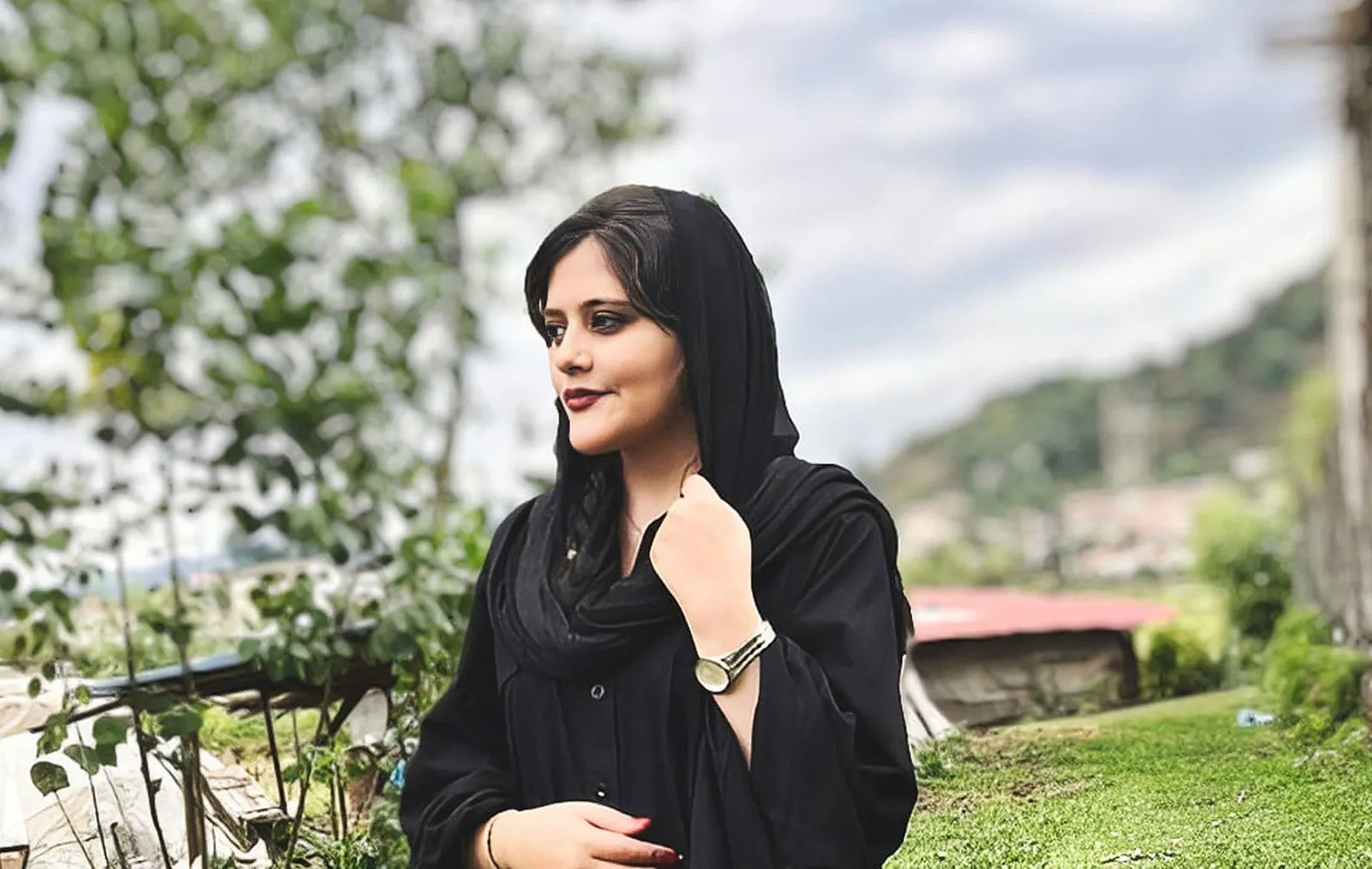Women’s Rights in Iran
On September 16, 2022, 22-year-old Mahsa Amini died in custody after being captured by Morality Police in Tehran, Iran. She was accused of breaking a modesty law that mandates that women dress formally and wear a headscarf. People around the globe are outraged by this shocking death and are advocating for justice for Amini. Protests have extended to more than 80 cities across Iran and have led to hundreds of arrests including many journalists.

Demonstrations throughout the country have taken place and people have released videos of unarmed protesters being abused and harassed by police. Protests are particularly prevalent across many universities in Iran. World leaders have criticized the Iranian government’s actions and demonstrations have expanded across the globe.
The government of Iran has restricted the Internet to contain the spread of support for Amini.
It wasn’t always like this in Iran. Before the revolution of 1979, Iran was run by the Shah of Iran. He encouraged the country to adopt a Western-oriented lifestyle and permitted many cultural freedoms. Under Reza Shah, women and men lived together freely, women were given educational opportunities and were allowed to wear western clothing.
Yet all this changed on January 16, 1979, when Reza Shah left during the Iranian Revolution, and the country was taken over by Ayatollah Khomeini. Under this new regime, multiple laws were passed that discriminated against women and severely restricted their rights.
New laws were passed, permitting girls to be married before the age of 18. Some laws made it impossible for women to protect themselves against their husbands, while others confined their ability to go outside in public, travel solo, speak openly, and control how women could dress. Brutal punishments are enforced for any woman who disobeys these commands. In Iran, approximately 36% of murders between 2013 and 2017 are men killing female relatives in the name of “honour”.
We must stand together with the people of Iran, who are demanding responsibility from their government for Mahsa’s death. The United Nations is demanding a full and independent investigation into the conditions leading to Mahsa’s death. Our worldwide community must stand together and be devoted to gender equality, peace, and strength.
The slogan of the Iranian protesters is “Women, Life, Freedom”. With international pressure, we can only hope that the government of Iran will change its laws that discriminate against women.
